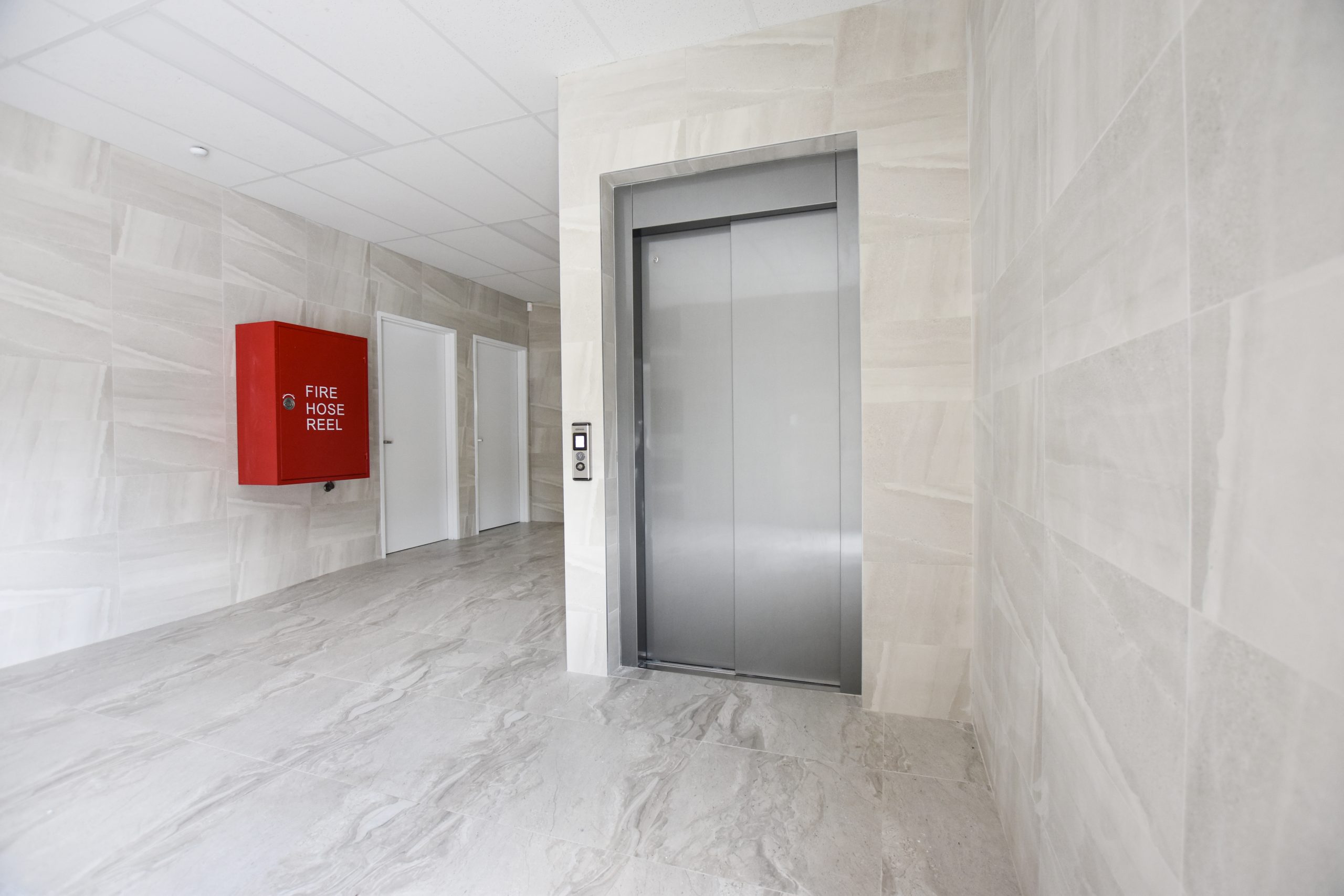The Art of Designing Buildings: Knowing the Right Number of Elevators
When envisioning the blueprint of a new high-rise structure, one of the critical considerations is the number of elevators required. This not only affects the core functionality and efficiency of the building but can also enhance or impair the day-to-day experiences of its occupants. The art of designing buildings entails a complex interplay of architectural aesthetics, structural requirements, and practicality. In this article, we explore the multifaceted process of determining the optimal number of elevators for a building, ensuring it serves its purpose effectively without compromising on design or safety.

The Importance of Designing the Right Number of Elevators
Impact on Building's Functionality
The functionality of a building heavily relies on its ability to handle the daily flow of people and goods effectively. Insufficient elevators can lead to increased wait times and congestion, particularly during peak hours, which in turn affects the overall productivity and efficiency of the building. Conversely, having more elevators than necessary can be a costly investment, occupying valuable space that could otherwise be utilised for additional amenities or commercial purposes. Balancing these aspects is crucial in elevator planning.
Influence on Occupant's Satisfaction and Safety
Occupant satisfaction is paramount in the design of any building. Residents and users of high-rise buildings expect a smooth, expedient service that matches their lifestyle needs. Inadequate elevator service can lead to dissatisfaction and complaints, tarnishing the reputation of the property. Moreover, safety is a critical concern; during emergencies, elevators are vital for the speedy evacuation of occupants, and their adequacy directly influences the building's emergency response effectiveness.
Effect on Building’s Design Aesthetics
The architectural design of a building also dictates the number and placement of elevators. For instance, a visually appealing lobby area with fewer, more concealed elevators might be desirable in luxury residential buildings or upscale hotels. However, such a design choice should not compromise the functionality and accessibility of the elevators. In essence, the challenge lies in integrating elevators into the building’s design without detracting from its aesthetic value or spatial harmony.
Factors Determining the Number of Elevators in a Building
Size and Height of the Building
The sheer size and height of a building are the most obvious determinants of how many elevators are necessary. Taller buildings require more elevators to service the increased number of floors efficiently. This is not just about the number but also about the strategic placement of elevator cores to serve different sections of the building effectively.
Building's Purpose and Occupancy
Different types of buildings serve different purposes, which in turn influences the number of elevators needed. Residential buildings, for instance, may not require the same number of elevators as commercial buildings, where the traffic flow tends to be heavier and more frequent. Additionally, the occupancy rate of the building plays a crucial role, as more occupants typically mean greater reliance on elevator services.
Building Codes and Standards
Regulations and building codes significantly influence how many elevators a building must have. These codes ensure safety, accessibility, and efficiency standards are met. For example, fire service access elevators and freight elevators are mandatory in certain types of buildings, impacting the total number of elevators that need to be incorporated into the design.

Traffic Analysis and Peak Time Consideration
Understanding the traffic flow within the building during different times of the day is essential for determining the number of elevators needed. Buildings typically experience peak traffic flows during morning arrivals, lunch hours, and evening departures. A comprehensive traffic analysis helps in designing an elevator system that can handle these peak demands efficiently. Further insights on this subject can be explored through Platinum Elevators' insights on required elevator numbers in different building types.
Understanding Elevator Capacity and Speed
Elevator capacity and speed are integral to determining the number of units a building requires. Higher capacity and faster elevators can service more people, potentially reducing the total number of elevators needed. However, this must be balanced with the cost implications and the potential for increased maintenance. Moreover, in buildings with very high foot traffic, having more elevators with moderate speed and capacity might be more effective than having fewer, faster elevators. This ensures minimal wait times and efficient movement of occupants throughout the building.
Impact of Technology on Elevator Design
The evolution of elevator technology has had a profound impact on building design and the calculation of elevator requirements. Innovations such as destination dispatch and twin elevator systems allow for more efficient management of elevator traffic, which can reduce the number of elevators needed without compromising service quality. Furthermore, smart elevators that predict usage patterns and adapt accordingly can significantly enhance efficiency and occupant satisfaction.
Best Practices in Designing the Right Number of Elevators
Developing the right elevator strategy for a building involves a blend of art and science. Architects and engineers must consider current and future needs, balancing cost with functionality and aesthetic appeal. Best practices include engaging with experienced consultants early in the design process, employing advanced simulation tools for traffic analysis, and considering flexible designs that allow for future modifications or upgrades as the building's use evolves.
Conclusion
The process of determining the right number of elevators for a building is a critical aspect of architectural design, directly impacting the functionality, safety, and user satisfaction of the building. By considering a comprehensive range of factors—from the physical characteristics of the building to the latest advancements in elevator technology—designers can ensure that their buildings are as efficient as they are impressive. This thoughtful approach to elevator planning is not just about moving people efficiently; it's about enhancing the overall quality of life for those who live and work in these high-rise environments.
